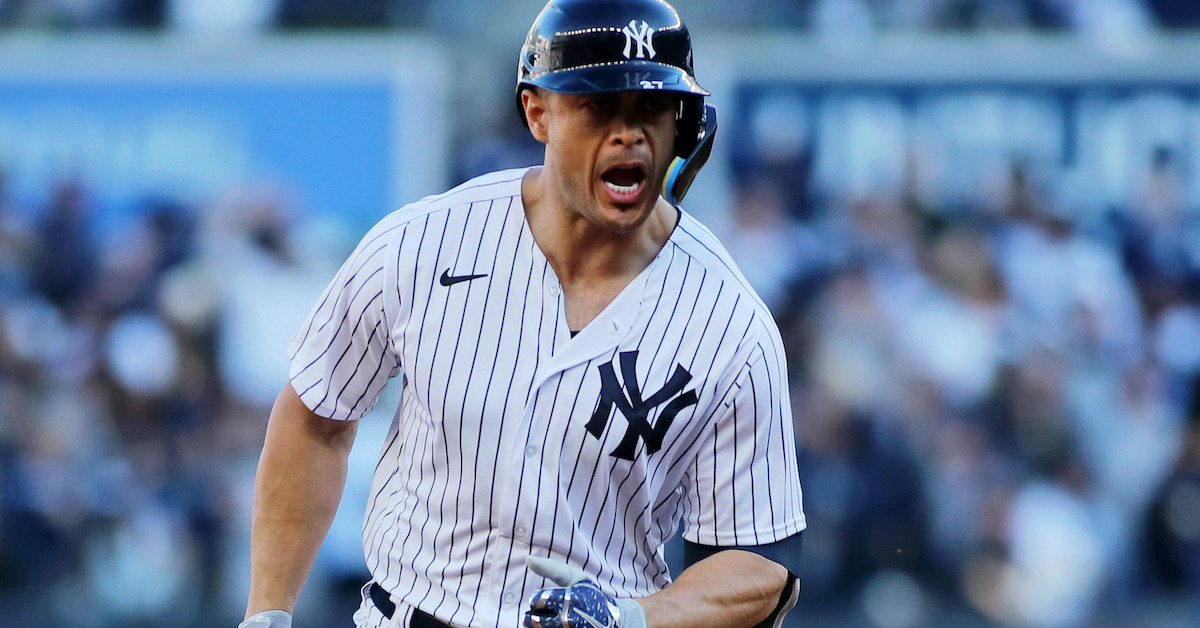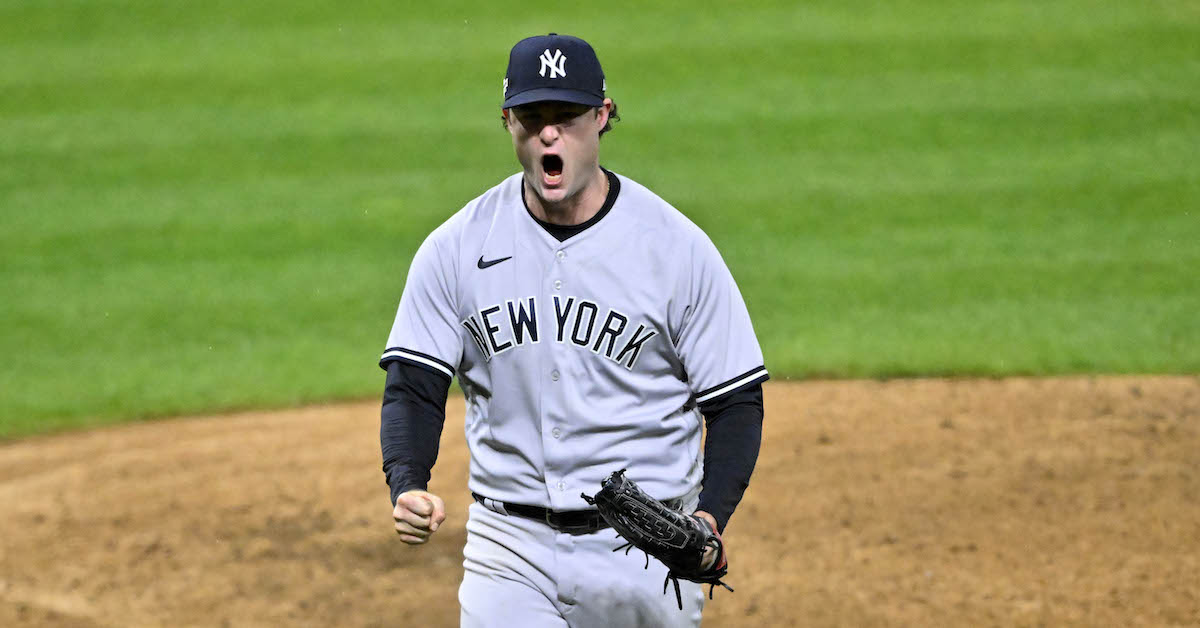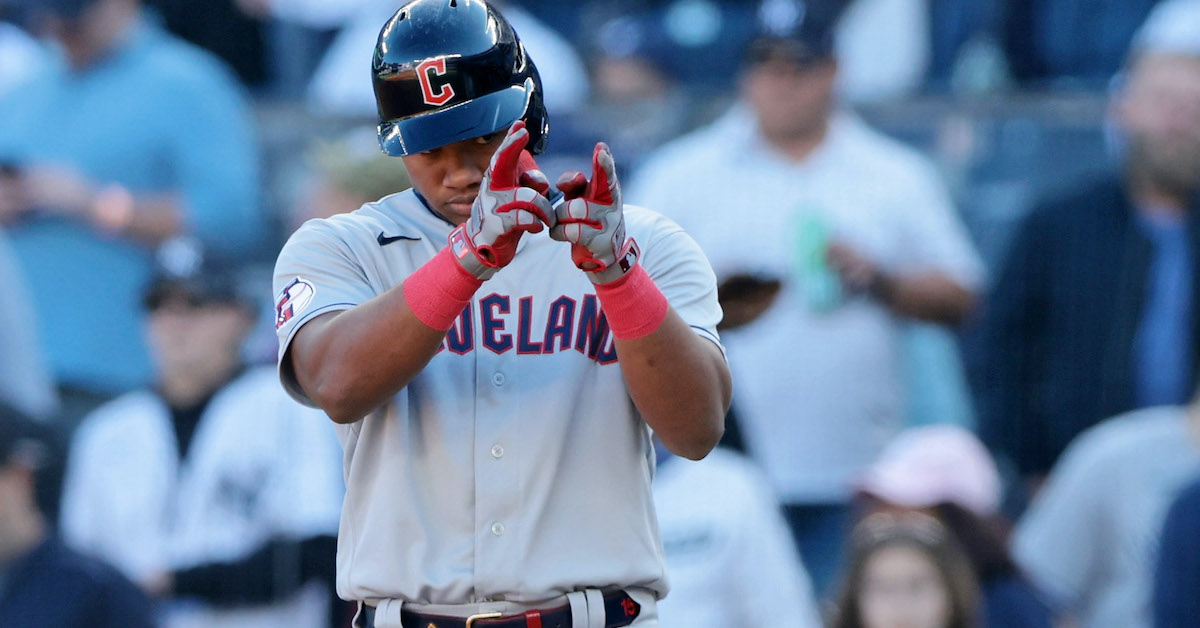Data Quality Engineer
Location: Bronx, NY
Department: Baseball Operations
Reports To: Director, Baseball Systems
Description:
Built upon our storied legacy, the New York Yankees look to attract the best possible talent not just on the field but in the front office as well. It is our shared responsibility to maintain the first-class reputation associated with the franchise in all aspects of our business.
The New York Yankees organization is accepting applications for a Data Quality Engineer as part of their Baseball Systems department. Applicant should have experience working in QA/Testing roles, experience in writing SQL database queries, and a strong knowledge of baseball with knowledge of baseball-related datasets and metrics.
Primary Responsibilities:
- Investigate and resolve data-related support tickets
- Work with various data providers to resolve issues with their feeds
- Monitor daily data ETL operations
- Identify data build problems and work to resolve
- Review and create automated data quality checks as needed
- Work with Database Engineers to resolve complex SQL and database issues
- Manage tickets and open data issues, update staff as issues are resolved
Qualifications and Experience:
- Strong SQL skills, understanding of how to write complex queries and how database structures work; 3+ years of experience developing in SQL (preferably T-SQL)
- An understanding of typical baseball data structures, basic and advanced baseball metrics, and knowledge of current baseball research areas
- Excellent communication and problem-solving skills – must be able to breakdown a complex task and put together an execution strategy with little guidance
This description is intended to describe the type of work being performed by a person assigned to this position. It is not an exhaustive list of all duties and responsibilities required of the employee. The New York Yankees are an Equal Opportunity Employer. The Company is committed to the principles of equal employment opportunity for all employees and applicants for employment.
The New York Yankees require a Covid-19 vaccination and booster as a condition of employment, subject to exception under applicable law.
**Full-time remote available under the right circumstances.
Job Questions:
- Describe your experience writing in T-SQL
- Have you ever worked with baseball data sets before? If so, please describe which ones and how you used them
-
Describe some techniques you’ve used for performing data loading operations
- Why do you think you are uniquely qualified for this position?
To Apply:
To apply, please follow this link.
Associate, Baseball Operations
Location: Bronx, NY
Department: Baseball Operations
Reports To: Assistant Director, Baseball Operations
FLSA Status: Non-Exempt
Description:
Built upon our storied legacy, the New York Yankees look to attract the best possible talent not just on the field but in the front office as well. It is our shared responsibility to maintain the first-class reputation associated with the franchise in all aspects of our business.
The Associate, Baseball Operations position is a rigorous 12-month program geared to prepare entry level candidates for a career in baseball.
Expected Program Dates: January 2023 – January 2024 (will also consider candidates available after completion of spring semester)
Primary Responsibilities:
- Evaluate players, including identifying and providing assessments of trade and free agent acquisition targets
- Coordinate and prepare advance scouting materials for the major league team
- Assist the Baseball Operations, Pro Scouting, and Quantitative Analysis staffs with daily tasks and ad hoc projects
- Analyze video and tag data for collection in internal systems
- Research comparable contracts to help determine market value of various players
Qualifications and Experience:
- Bachelor’s degree
- Experience and proficiency with Microsoft Office
- General understanding of baseball
- Flexible work schedule (including some nights and weekends)
This description is intended to describe the type of work being performed by a person assigned to this position. It is not an exhaustive list of all duties and responsibilities required of the employee. The New York Yankees are an Equal Opportunity Employer. The Company is committed to the principles of equal employment opportunity for all employees and applicants for employment.
The New York Yankees require a Covid-19 vaccination and booster as a condition of employment, subject to exception under applicable law.
Job Questions:
- What is the earliest date that you are available to start the Associate program?
- Are you available to work 40+ hours per week, including during some nights and weekends?
- What are your favorite statistics for evaluating baseball players?
- What are your favorite baseball-related websites, books, or podcasts?
- Who do you think are the five best starting pitchers in MLB right now? (Ignore contract status, age, etc.)
- Would you prefer to have Hitter A or Hitter B on your team next year?
Hitter A: .310 AVG / .330 OBP / .420 SLG
Hitter B: .265 AVG / .385 OBP / .410 SLG
To Apply:
To apply, please follow this link.
Associate, Quantitative Analysis
Location: Bronx, NY
Department: Quantitative Analysis
Reports To: Director, Quantitative Analysis
FLSA Status: Non-Exempt
Description:
Built upon our storied legacy, the New York Yankees look to attract the best possible talent not just on the field but in the front office as well. It is our shared responsibility to maintain the first-class reputation associated with the franchise in all aspects of our business.
This position is a rigorous program lasting 12 months in duration, geared to prepare entry level candidates for a career within the Baseball Operations industry.
Primary Responsibilities:
- Assist in research and analysis of various baseball topics
- Design, test and implement predictive models using advanced statistical techniques
- Prepare, manage, and visualize large-scale data sets
- Develop processes for monitoring and ensuring data quality across multiple data sources
- Responsibilities may also include data collection and entry, running database queries and administrative tasks
Qualifications and Experience:
- Bachelor’s degree or higher in a Mathematics, Statistics, Computer Science or related field required
- Experience building predictive models, preferably in R or Python
- Understanding of fundamental concepts in statistics and probability
- Computer programming experience
- Experience using SQL
- Familiarity with current baseball research
This description is intended to describe the type of work being performed by a person assigned to this position. It is not an exhaustive list of all duties and responsibilities required of the employee. The New York Yankees are an Equal Opportunity Employer. The Company is committed to the principles of equal employment opportunity for all employees and applicants for employment.
The New York Yankees require a Covid-19 vaccination and booster as a condition of employment, subject to exception under applicable law.
Please note that a Cover Letter is not required when applying for this position.
Job Questions:
- When are you available to start?
- What classes have you completed in math, statistics, probability, and/or computer science?
- Briefly describe any previous experience building statistical models.
- Which programming languages are you proficient in and what is your preferred language? If applicable to the language, please describe any libraries/packages you use.
- Briefly describe any previous experience using SQL, if any.
- While previous baseball/softball experience is not a requirement, please list any previous baseball/softball experience. This can include playing experience, research experience, coaching experience, writing experience, and more.
To Apply:
To apply, please follow this link.
Summer Associate, Quantitative Analysis
Location: Bronx, NY
Department: Quantitative Analysis
Reports To: Director, Quantitative Analysis
FLSA Status: Non-Exempt
Description:
Built upon our storied legacy, the New York Yankees look to attract the best possible talent not just on the field but in the front office as well. It is our shared responsibility to maintain the first-class reputation associated with the franchise in all aspects of our business.
This is a summer position geared to introduce current students to Quantitative Analysis within Baseball Operations.
Primary Responsibilities:
- Assist in research and analysis of various baseball topics
- Design, test and implement predictive models using advanced statistical techniques
- Responsibilities may also include data collection and entry, running database queries and administrative tasks
Qualifications and Experience:
- Pursuing a Bachelor’s degree or higher in Mathematics, Statistics, Computer Science or related field
- Computer programming experience, preferably with experience in a statistical computing language such as R, Matlab, or Python
- Experience using SQL a plus
- Familiarity with current baseball research
This description is intended to describe the type of work being performed by a person assigned to this position. It is not an exhaustive list of all duties and responsibilities required of the employee. The New York Yankees are an Equal Opportunity Employer. The Company is committed to the principles of equal employment opportunity for all employees and applicants for employment.
The New York Yankees require a Covid-19 vaccination and booster as a condition of employment, subject to exception under applicable law.
Please note that a Cover Letter is not required when applying for this position.
Job Questions:
- When are you available to start?
- What classes have you completed in math, statistics, probability, and/or computer science?
- Briefly describe any previous experience building statistical models.
- Which programming languages are you proficient in and what is your preferred language? If applicable to the language, please describe any libraries/packages you use.
- Briefly describe any previous experience using SQL, if any.
- While previous baseball/softball experience is not a requirement, please list any previous baseball/softball experience. This can include playing experience, research experience, coaching experience, writing experience, and more.
To Apply:
To apply, please follow this link.
The content in this posting was created and provided solely by the New York Yankees.











